Tour Temple Beth El
Our congregation has long been part of the life of Tacoma and Pierce County. We began in 1892 and continue today as the center of Jewish life in the south sound. Today’s Temple Beth El synagogue building was constructed in 1968 and an addition was made in 1993.
If you would like to see a 360-degree tour of our sanctuary, you can find it here on Synagogues360. To schedule in in-person tour of the building, please email us at frontdesk@tbetacoma.org.
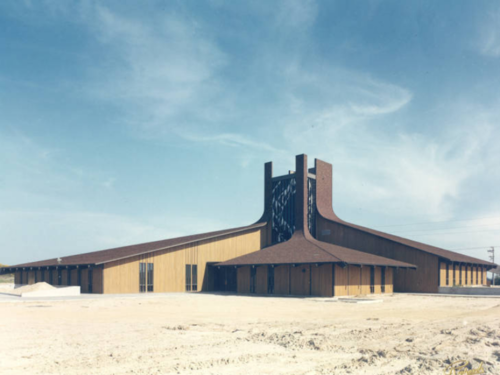
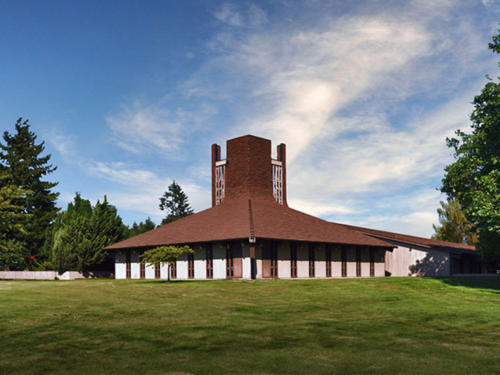
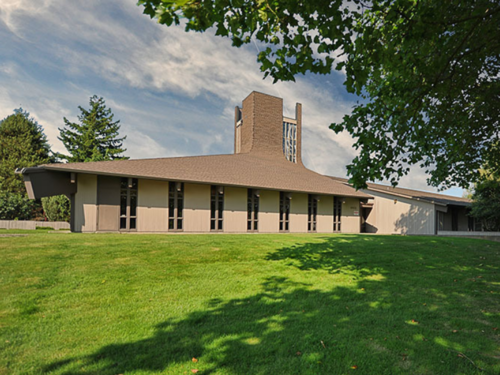
Entering the Building
You enter the building through a long hallway leading from the parking lot. On the wall is a time line marked by metal pointers. The line begins with "1967, Jerusalem United" and brings you back in time to the beginning of Jewish history, "18th Century BCE, Abraham comes to Canaan." The sense of history is important for Jews, and the events on this line remind us both of the diversity and of the continuity that the journey of our people through time demonstrates.
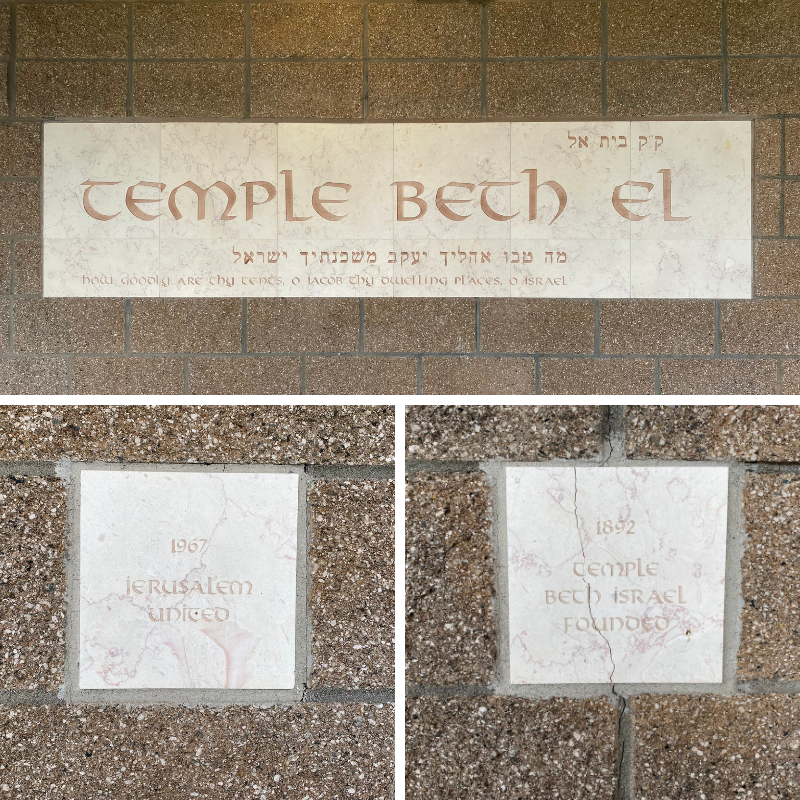
The Rotunda
The rotunda is the heart of the 1993 addition to the building. In its center is a metal cover which marks the location of the time capsule containing messages from the Beth El members for us to open in the future.
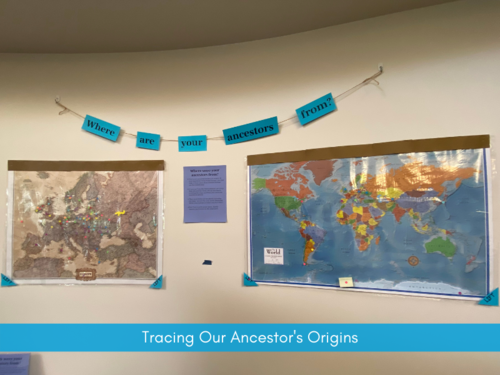
Around the rim of the rotunda are two rows of Hebrew words. On the top row are the names of the weekly Torah readings. It is customary in the synagogue to read through the five books of Moses, the Torah, in the course of the year. Each portion has a name, taken from the first significant word from the reading. The metal marker reminding us of the yad (Hebrew hand) which is used to follow the text when reading the Torah scroll, is placed on the current reading. There is additional information about the Torah reading on the rotunda bulletin board. On the bottom row are the names of the significant holidays of the Jewish year. They are placed in connection with the Torah readings.
The Courtyard
Just off the social hall is the courtyard. In the pavement of the patio are the names of some of the matriarchs and patriarchs important to our history and faith. In the garden is a beautiful sculpture called "Jacob’s Dream," created by congregant Lucille Hurst (z"l).
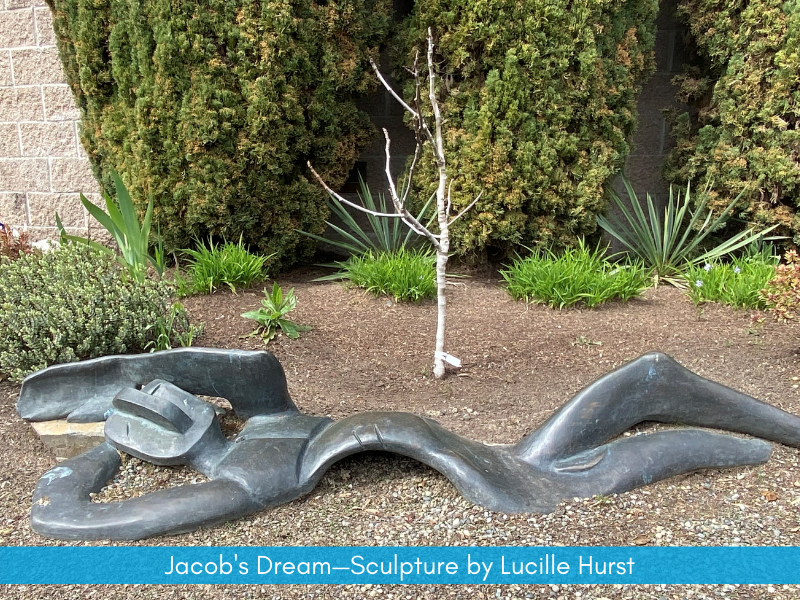
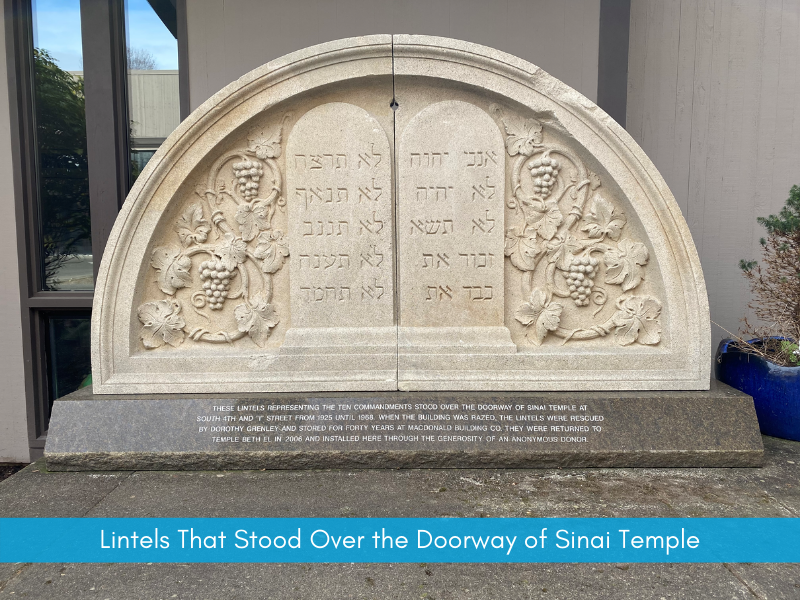
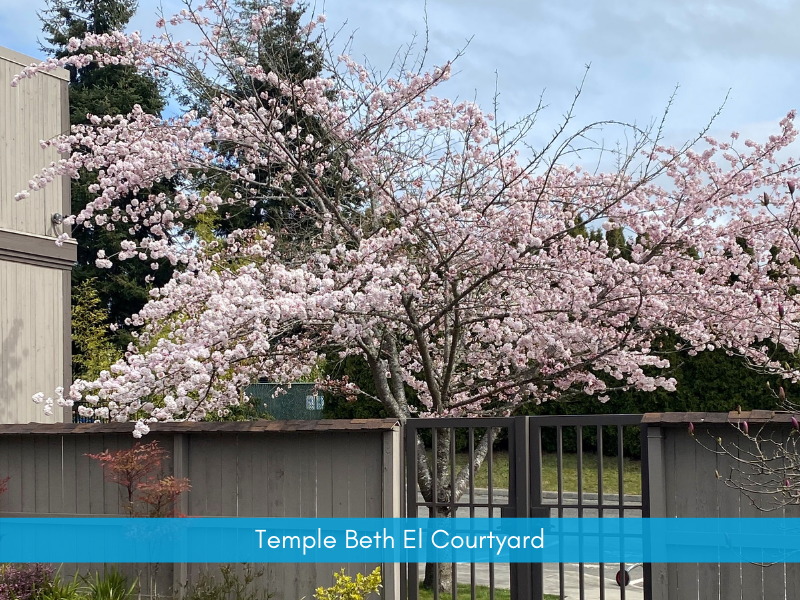
The Main Foyer
As you emerge from the hall that leads from the rotunda, you come into the main foyer, which served as the lobby of the original synagogue building: four components grouped around the tower. The roof lines remind us of Israel’s first community and place of worship, the camp in the wilderness pitched around the tent of meeting. The tower recalls the pillar of fire by which God led Israel by night. Historically the synagogue came into its own after the destruction of the Jerusalem Temple by the Romans in 70 CE. Our sages described the three functions of the synagogue as a house of prayer, a house of study and a house of assembly. The word "synagogue" is actually the Greek of the Hebrew Bet-Hakeneset, meaning "house of assembly." The tower ties all these functions together by its flames symbolizing God’s providential care.
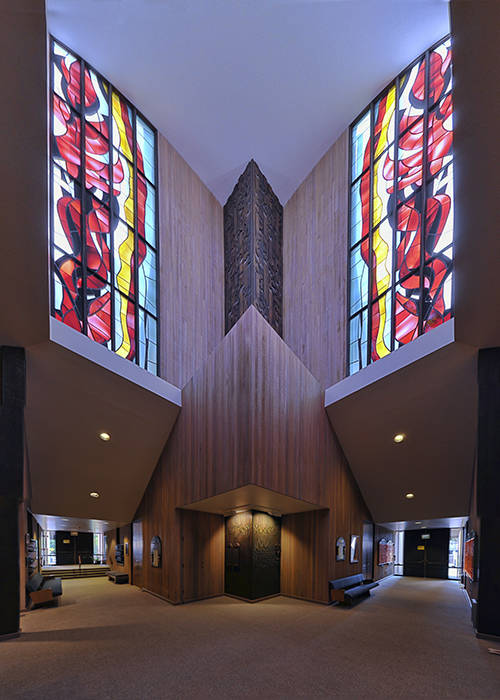
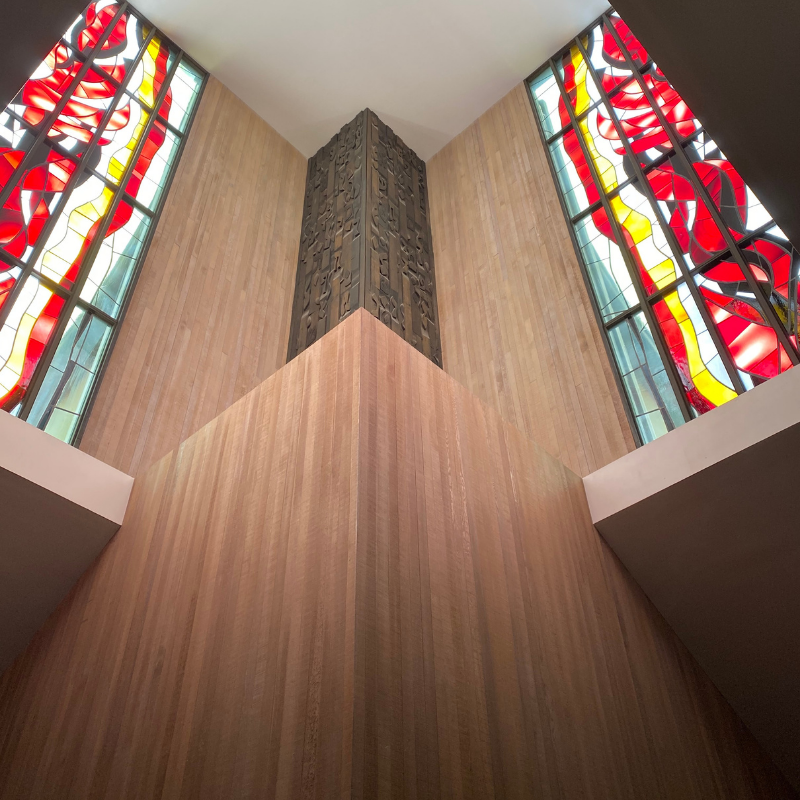
Inside the tower you will notice ascending and descending Hebrew letters as a reminder of how the Torah brings us to God even as God is brought into our lives. In the center of the lobby are two carved panels (this is the back of the ark in the sanctuary) which is our Holocaust memorial. The words on the panel on the right are from the prayer for the martyrs in the Day of Atonement service. Written originally to remember the martyrs in Roman times, it serves as a memorial prayer for the six million Jews who died in Europe’s concentration camps.
Joined to this panel is another which has the words of the prophet Joel. The two panels are connected at the base by pictures drawn by a child in a concentration camp, found after the war. The drawings show the railroad cars going to the death camps as seen through the mind and hand of a little child.
The two panels and the two inscriptions are connected also by the figures at the top of the panel which speak of the continuity of family life. They tell this story:
A man and a woman marry. She is pregnant and has a child. Now they are a family: husband, wife and two children. The family lives at peace with its neighbors. Trouble comes and the man is killed. The woman and her two children survive. Now a child is killed and there is only mother and child. The mother is killed. Only one child survives bearing the seed of continuity.
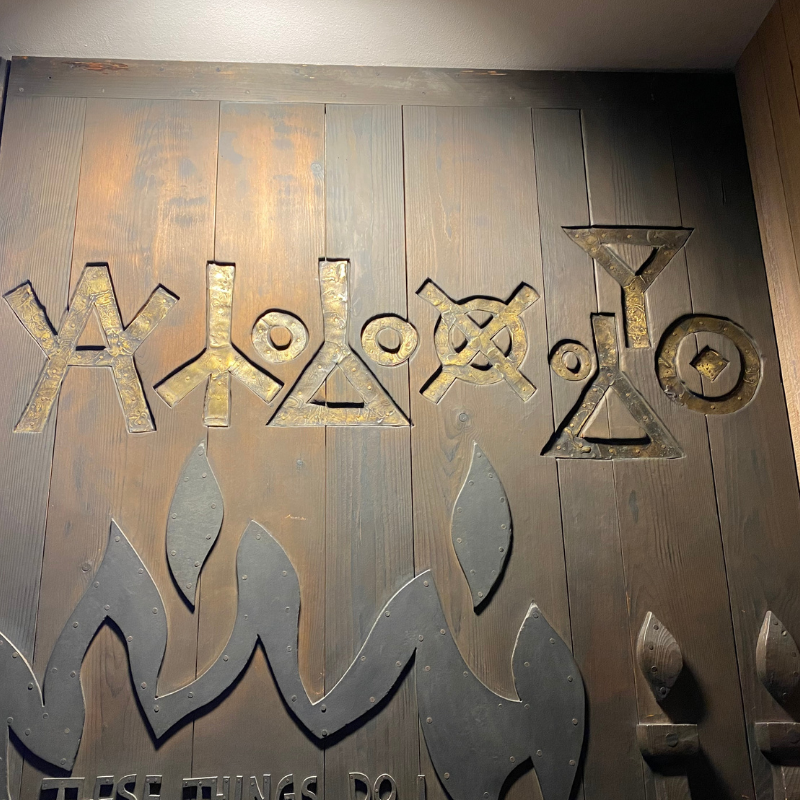
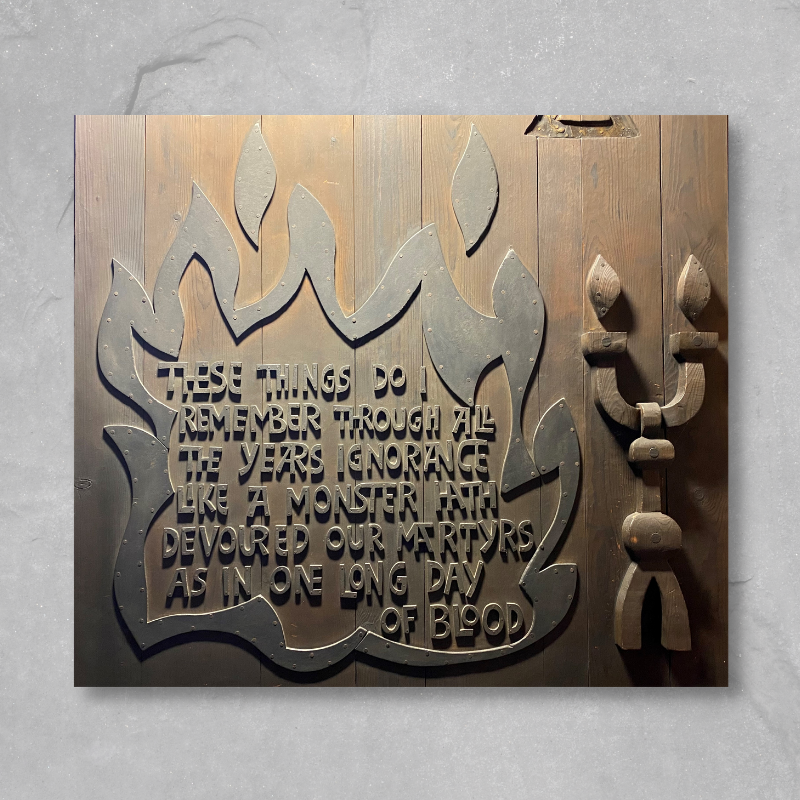
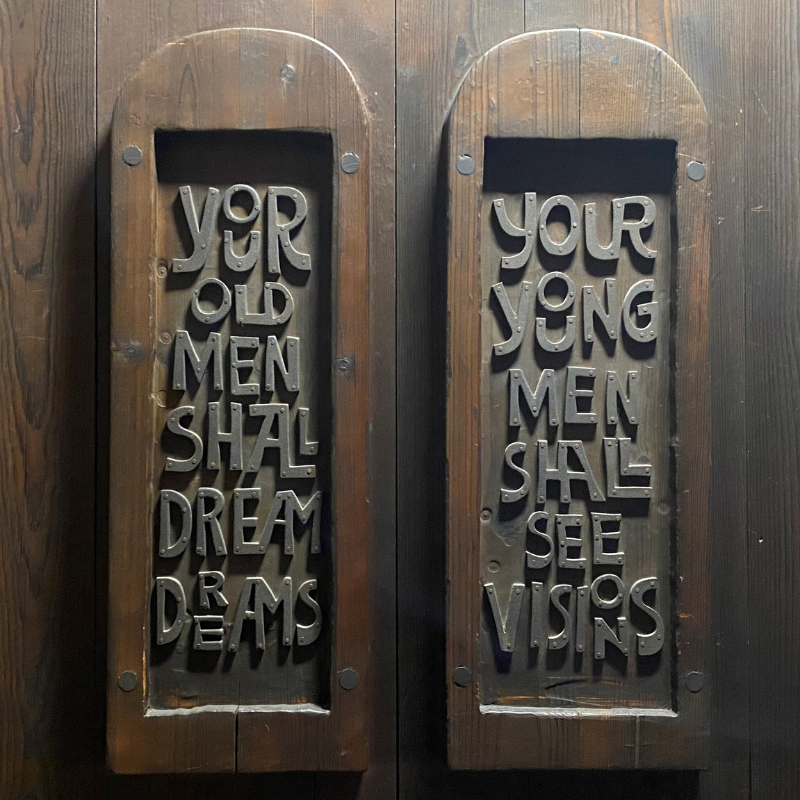
Wood carvings throughout the building were created by sculptural artist, Harold Balazs.
"One memorable night in the 1960s, Balazs and an assistant spent hours toiling 40 feet off the ground to install a wood altarpiece at the Temple Beth El in Tacoma. He had included inscriptions and figures memorializing victims of the Holocaust. 'We were up and down a ladder working on it way into the night,' he says. When he and his helper finally descended and turned around, they found they had an audience, some of whom were crying. 'They were Holocaust survivors, and they were building this temple,' says Balazs, a tear in his own eye. 'We have the capacity to touch people to such a degree. That’s something that’s very sacred. You have to guard that.'" — Hannelore Sunderman, Washington State Magazine
Even the doors of the Temple have special meaning. Originally, there were three sets of doors in the main foyer. Two sets are still in place, and the third set can be viewed in the social hall.
The memorial wall is located in the main foyer. It contains names and dates of death of members of the Temple family whose yahrzeits (anniversary of death) are currently commemorated. The Tree of Life, also located in the main foyer, is a sculpture which bears leaves, stones, and acorns upon which are acknowledged some of the contributions to Temple Beth El.
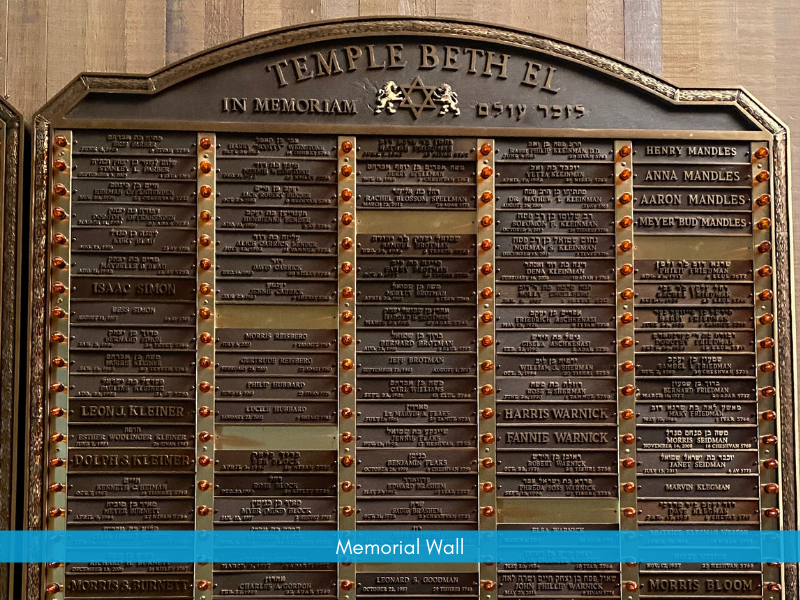
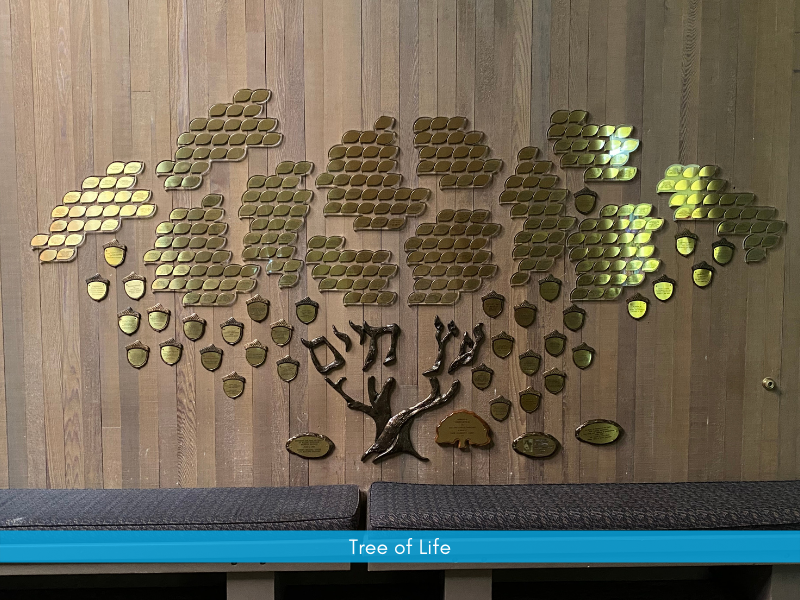
The Rosenthal Chapel
A small chapel faces the main foyer. It contains an ark, with a single Torah inside. Before the ark burns an Eternal Light that once hung in Temple Sinai—one of the two congregations which were merged into Temple Beth El.
The room is decorated with twelve beautiful wall hangings made by Analee Reutlinger. They are banners of the the twelve tribes of Israel as described by tradition and enhanced by the skill of the artist. According to the Torah, the banners were displayed whenever Israel camped in the wilderness. Their grouping symbolizes the unity of the Jewish people in time and space.
The chapel is named after Rabbi Richard Rosenthal (z"l), who served as Rabbi of Temple Beth El for 41 years.
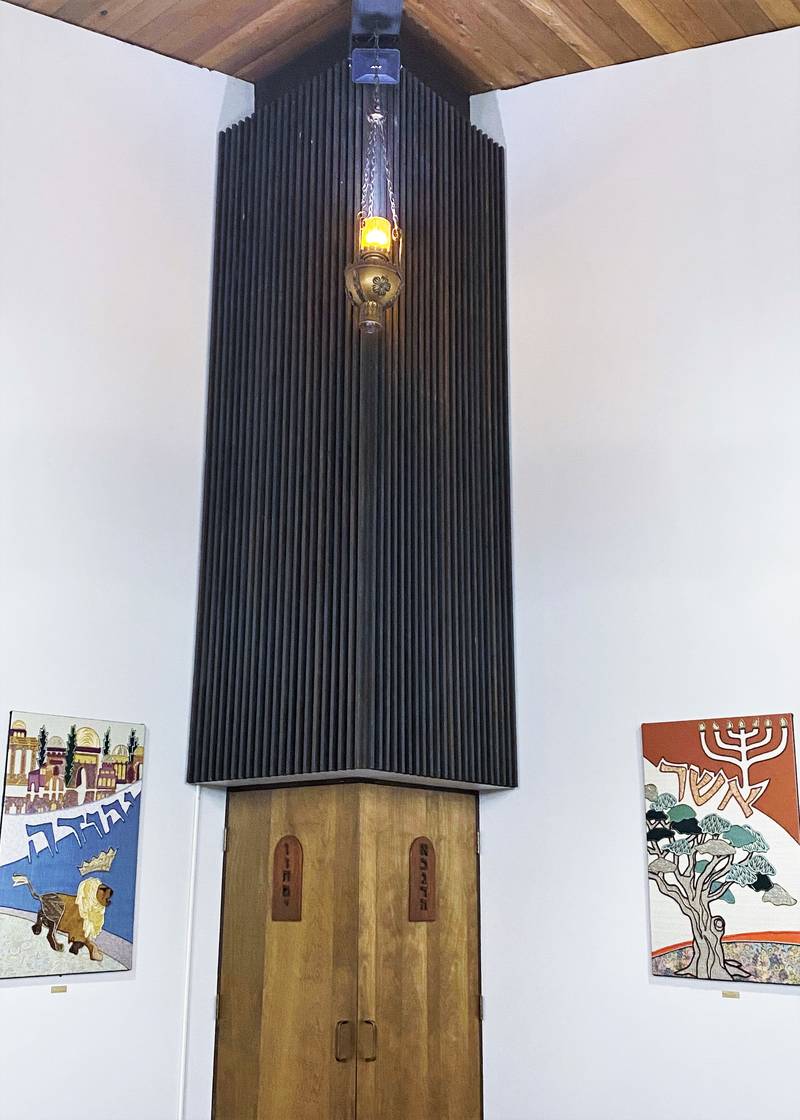


The Sanctuary
The sanctuary is where our congregation worships together. Above the ark are fourteen panels. Panels one through ten tell the story of the Torah and the development of Judaism. The ark is placed on the eastern wall so that worshippers face Jerusalem.
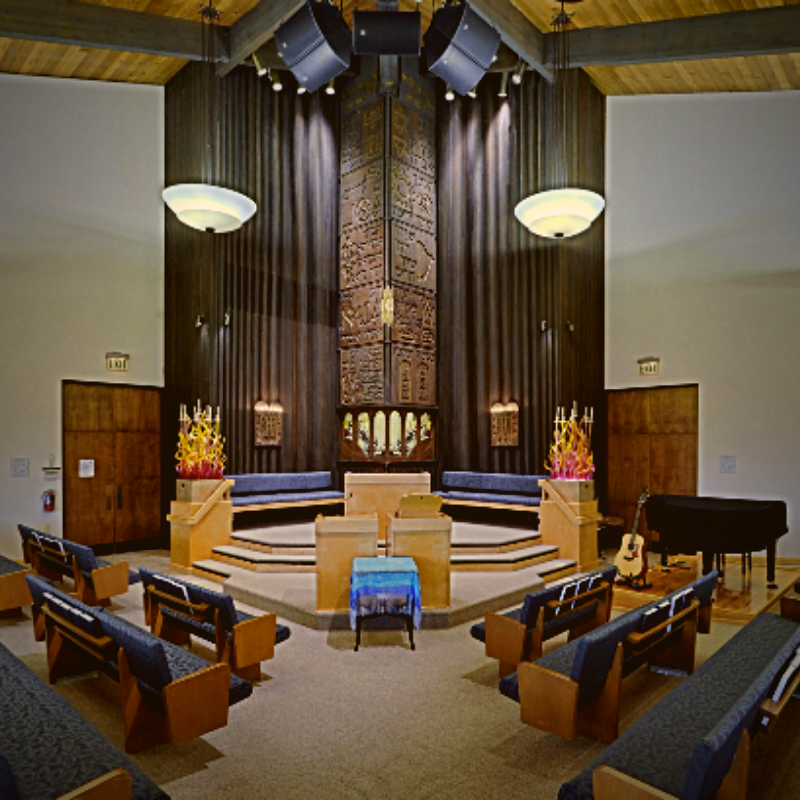
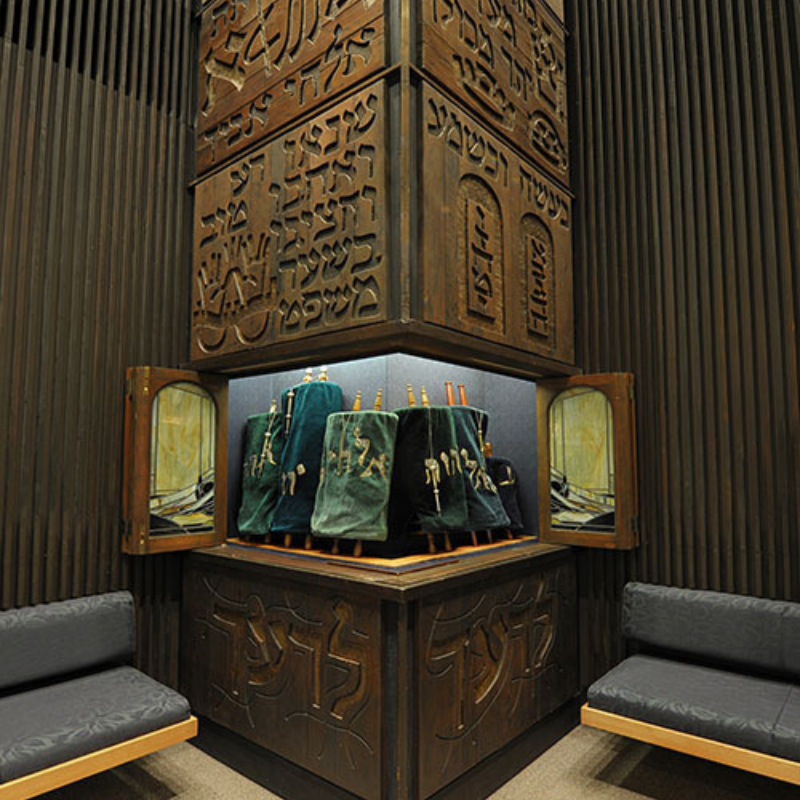
The Torah covers were hand-woven in the year 2000 by over 400 members of the congregation. They illustrate not just a vision of our congregation as an interwoven family, but also the concept of hiddur mitzvah: our religious obligation to make Jewish worship and ritual beautiful.
The six Torah scrolls in the ark come from all over the world, and one dates back about 180 years.
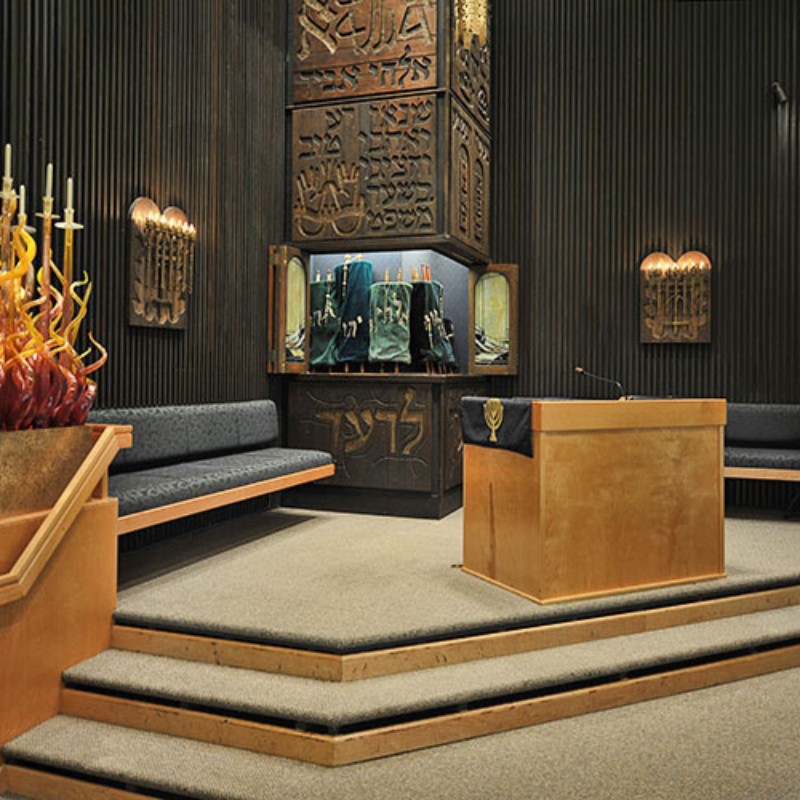

The two glass menorot in the sanctuary were commissioned by Babe and Herman Lehrer in 2006 to replace artificial flower displays on each side of the bimah. The menorot were created by world-renowned sculptor, glass artist and painter, Douglas Granum.
Biblical Garden
The Biblical Garden was added to the western side of the Temple Beth El building in the 1980s. It is a place for solitude, relaxation, and for friends to gather while enjoying a variety of plants mentioned in the Bible and known to have grown on the Israeli landscape.
The garden offers a contrast between the Pacific Northwest garden—with plants and granite rocks which are indigenous to our Cascade Range—and the Israeli garden with its ruins amid desert sands set with plants found in Israel.
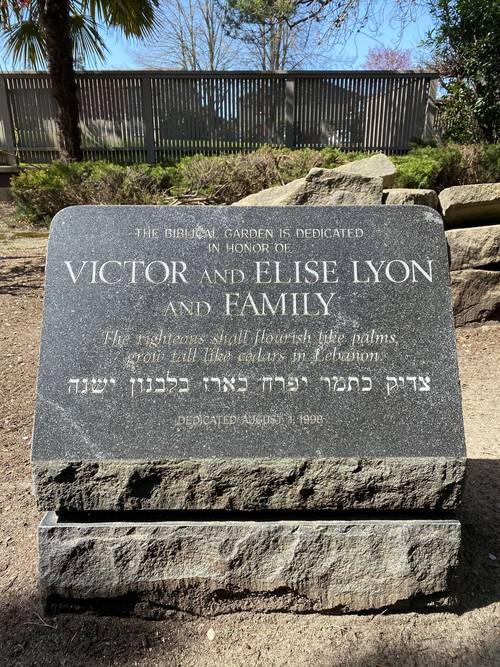
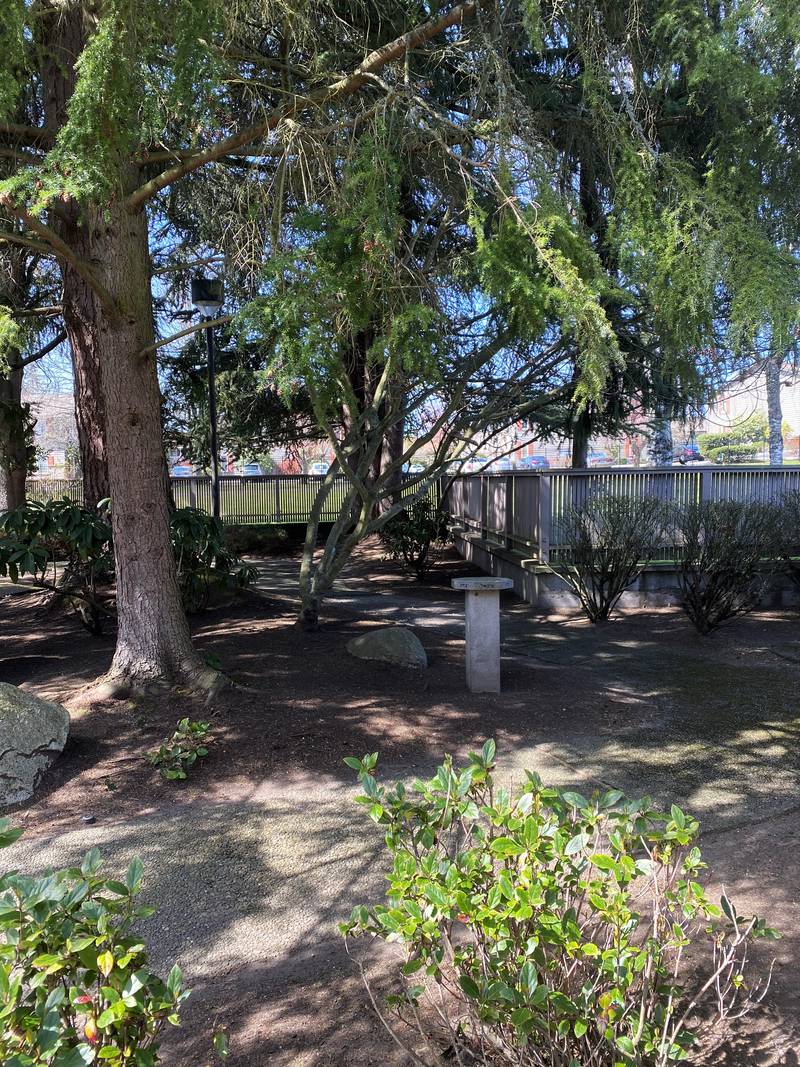
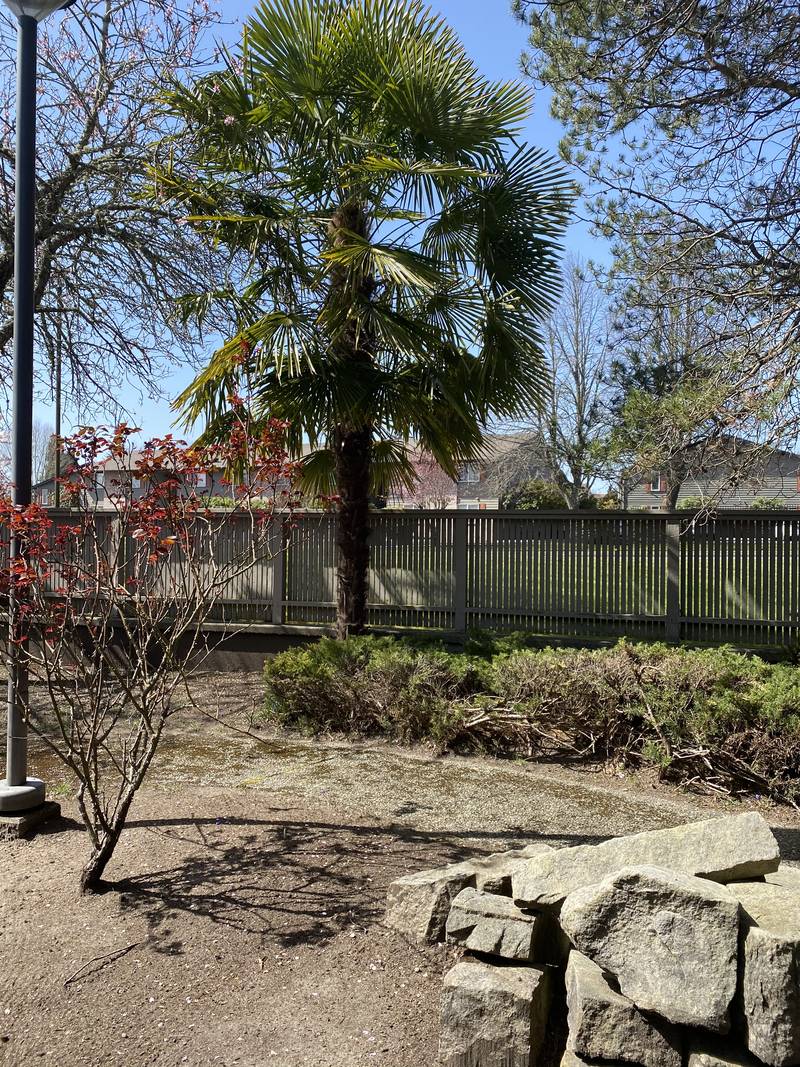
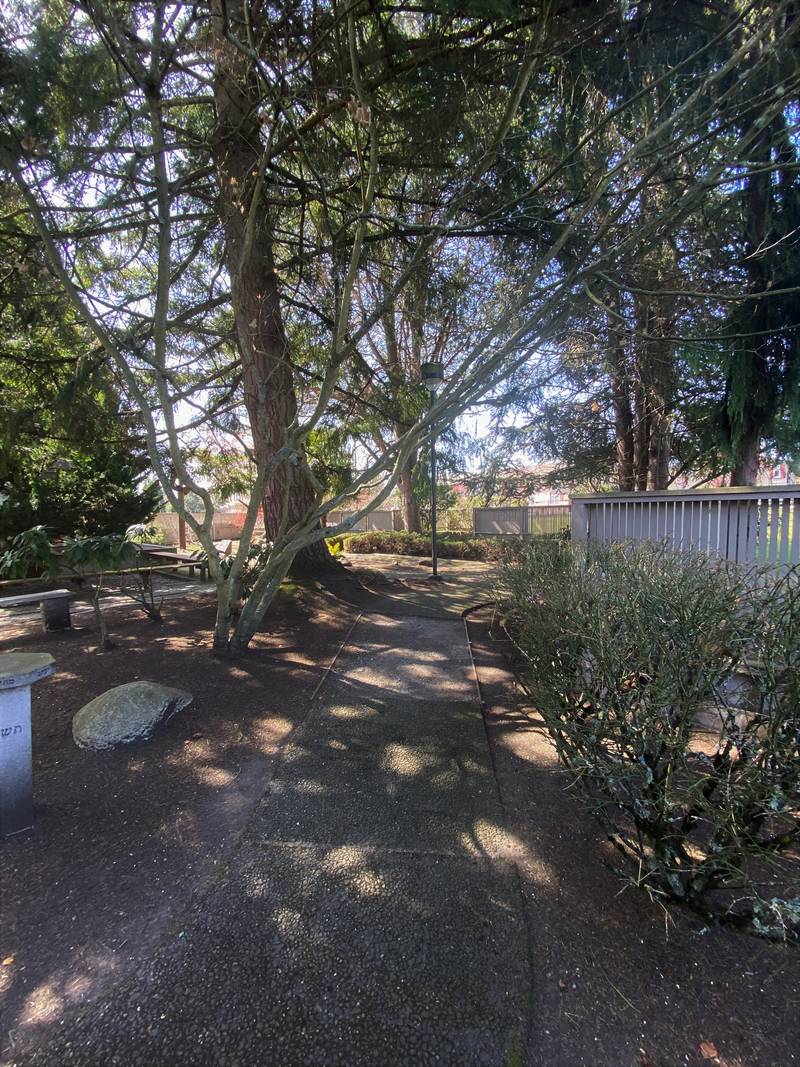
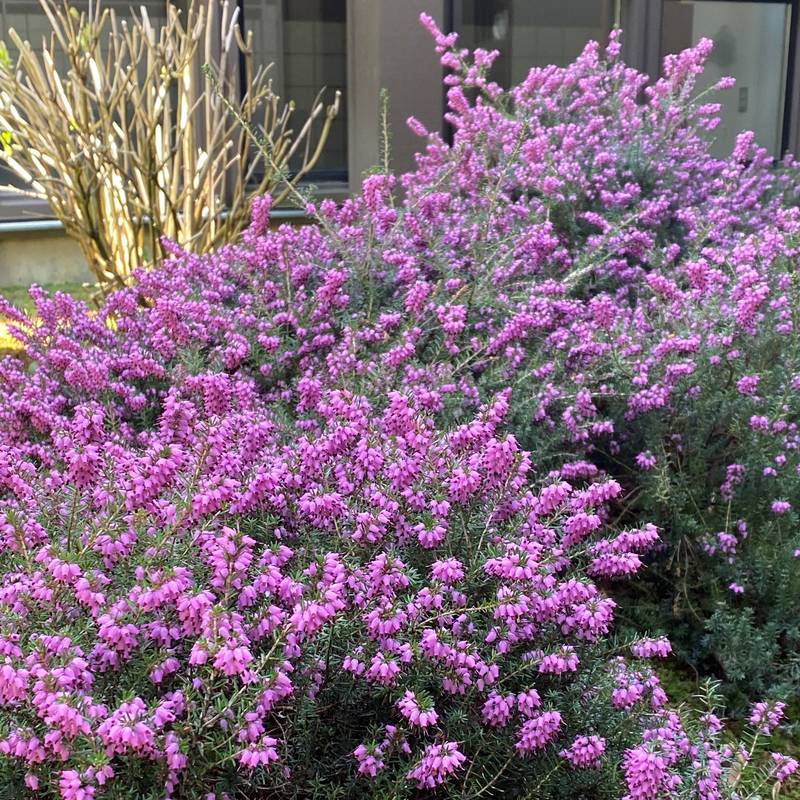
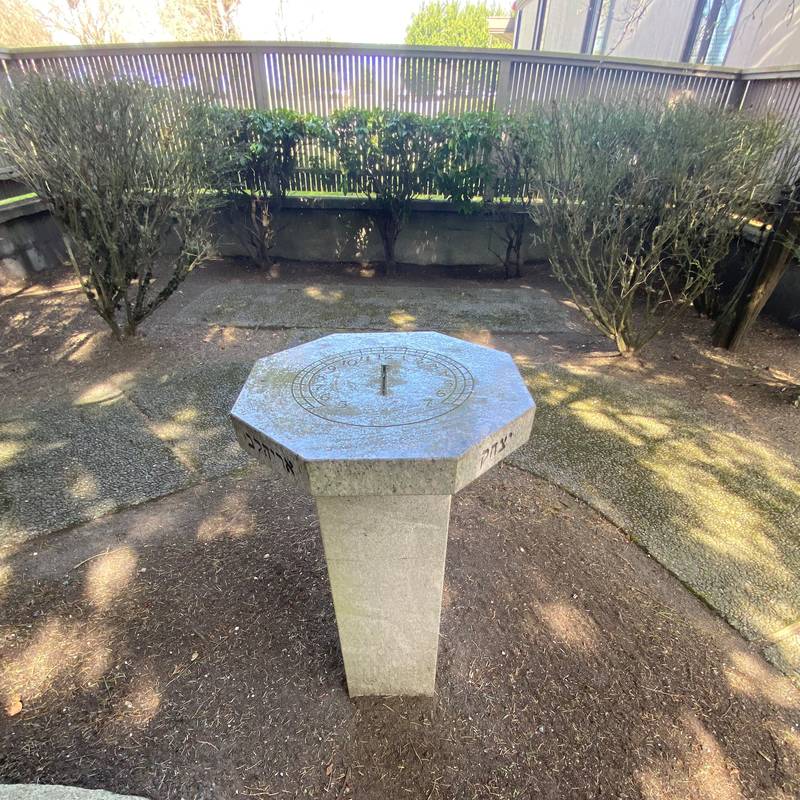
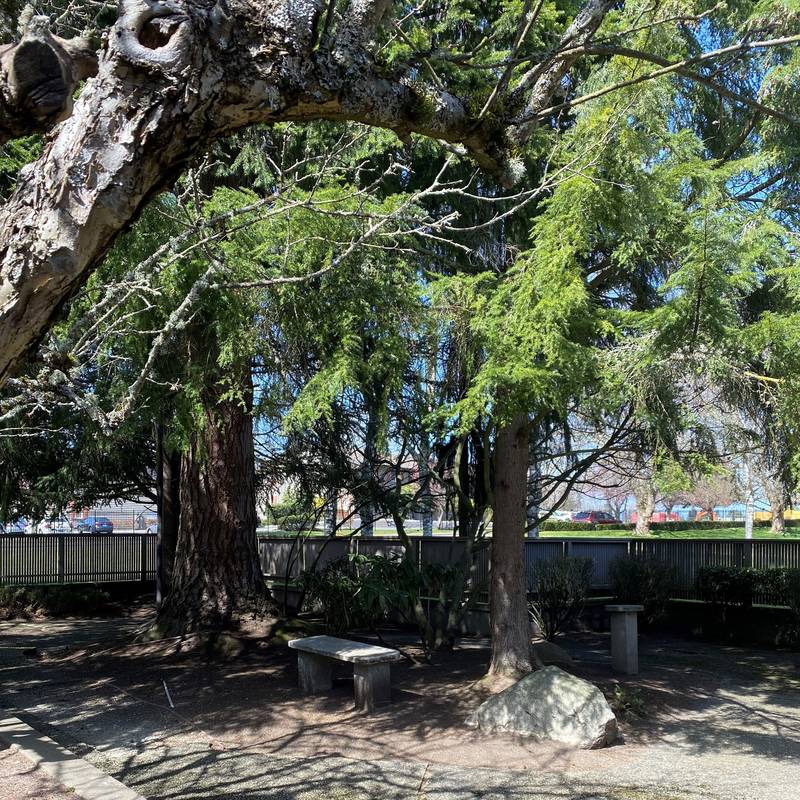
Sun, November 2 2025
11 Cheshvan 5786
Today's Calendar
: 9:30am |
: 10:00am |
| Community Lunch : 12:00pm |
: 12:00pm |
: 12:30pm |
: 1:00pm |
Friday Night
| Candle Lighting : 4:27pm |
: 5:30pm |
: 5:45pm |
: 6:30pm |
Shabbat Day
: 9:00am |
: 10:00am |
Upcoming Programs & Events
Nov 2 |
Nov 2 |
Nov 5 |
Nov 5 |
Nov 5 |
This week's Torah portion is Parashat Vayeira
| Shabbat, Nov 8 |
Candle Lighting
| Friday, Nov 7, 4:27pm |
Erev Hanukkah
| Sunday, Dec 14 |
Stay In The Know!
Get emailed our weekly Shabbat Shalom newsletters,
monthly bulletins, and/or committee announcements:

Privacy Settings | Privacy Policy | Member Terms
©2025 All rights reserved. Find out more about ShulCloud








